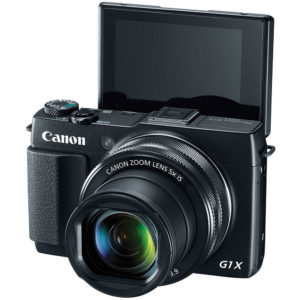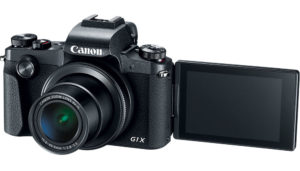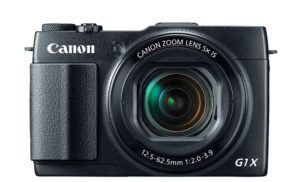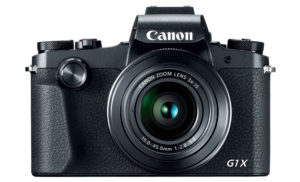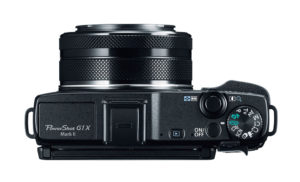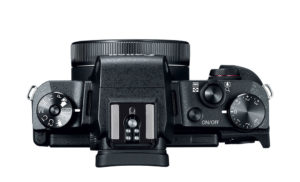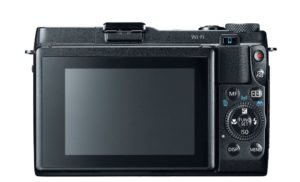Before the original Sony RX100 appeared on the scene in 2012, there was another premium compact camera that housed a large sensor, the Canon G1 X. Today the series inaugurates the third generation G-series model, which comes after a number of lower-end models (G3 X, G5 X, G7 X and G9 X) that use a slightly smaller 1-inch sensor, just like the RX100 line-up.
While not a lot has changed on the video side (both cameras record in 1080p with the small difference that the mark III version can go up to 60fps), the new camera inherits much of the technology seen on the latest EOS M mirrorless cameras including a new sensor and AF system. Let’s see how they compare by looking at the ten main differences below!
Ethics statement: The information supplied in this article is based on official specifications. We were not asked to write anything about these cameras, nor were we provided with any sort of compensation. Within the article, there are affiliate links. If you decided to buy something after clicking the link, we will receive a small commission. To know more about our ethics, you can visit our full disclosure page. Thank you!
1. Sensor
The first improvement seen on the mark III version is the sensor. If the G1 X II features a larger-than-average sensor for a premium compact (1.5 inch), the G1 X mark III becomes the first compact from Canon to feature an APS-C sensor.
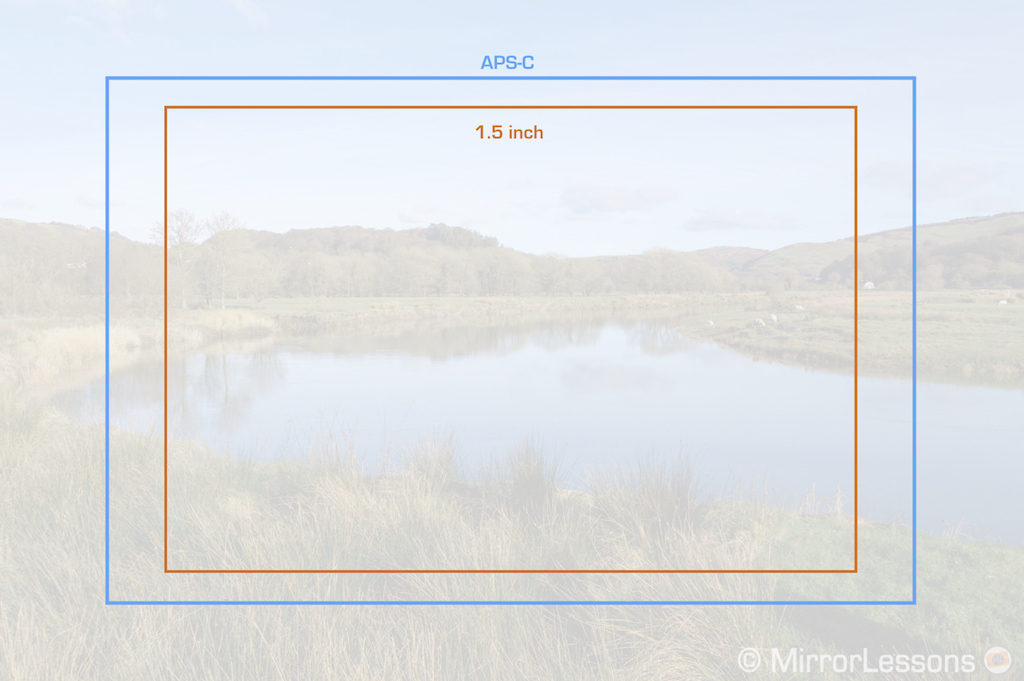
It is the same chip found inside the Canon 80D and EOS M5 with 24.2MP of resolution and a 100-25600 ISO range. The new camera uses the latest Digic 7 image processor as well.
The mark II has a sensitivity range of 100-12800 and multi-aspect sensor. This means that the lens doesn’t cover the whole surface of the sensor so the effective area used by the camera is always cropped. This allows you to change the aspect ratio of your image – either 12.8MP at 3:2 or 13.2MP at 4:3 – while maintaining the same diagonal angle of view. The imaging engine is one generation older (Digic 6).
2. Lens
Given the difference in sensor size, it isn’t a surprise that the two cameras use two very different lenses.
The G1 X mk2 has a more versatile 5x zoom with a focal range of 24-120mm (35mm equivalent) and a non-constant aperture of f/2-3.9.
The G1 X mk3 has a 15-45mm lens which correponds to a 24-72mm equivalent. The aperture is slower with a range of f/2.8-5.6.
The new camera has slightly better optical stabilisation with 4 stops of compensation in comparison to the 3.5 stops of the mark II model.
3. Autofocus
The G1 X mk2 utilises a contrast detection AF system with 31 points. You can also use face detection and the touch screen to select a single point and focus.
The G1 X mk3 inherits the same Dual Pixel CMOS AF system as the EOS M5: it has 49 points and you can use a single or a 3×3 grid in addition to the automatic selection. Face detection is available, as well as Touch and Drag AF.
4. Viewfinder
The G1X III has a built-in EVF (0.39-in) with a 2,360k dot OLED panel and 100% field coverage. The eye-point is 22mm.
The mark II doesn’t have a viewfinder but you can mount the optional EVF-DC1 or DC2 on the hot-shoe. The DC1 uses an LCD panel that can be tilted up 90°.
5. Rear monitor
The specifications of the two rear LCD panels are the same: 1040k dots and touch sensitivity. The one on the G1 X II can be tilted up to 180° for easy selfies while the one on the mark III model is a multi-angle type and can be flipped to the side.
6. Weather sealing
One interesting addition to the new camera is dust and moisture resistance which is a first for a Canon premium compact. It’s the only Canon product in the segment to have its own optional underwater housing as well (down to -40m/130 feet).
As you have probably already guessed, the G1 X mark II doesn’t have weather sealing.
7. Size and weight
Despite housing a larger sensor, the G1 X mark III is lighter (399g vs 558g). It is also smaller if we ignore the extra height of the built-in EVF.
8. Controls
The G1 X mark III has more dials and advanced controls in comparison to its predecessor. You can find exposure compensation and mode dials on top as well as a front dial for exposure. On the rear, there is a 4-way control wheel as well as the usual suspects. On the lens there is one function ring.
The mark 2 has dual control rings on the lens and a rear wheel in addition to the shooting mode dial on top.
9. Speed
The G1 X II can shoot up to 5.2fps but it is limited to 3fps with continuous AF. The G1X III outperforms its predecessor with speeds of 9fps and 7fps respectively.
The new camera loses one stop as the maximum shutter speed is 1/2000s versus the 1/4000s of the mk2.
10. USB charging
One small yet welcome detail is that the mk3 camera can be charged via USB, a handy feature to have when travelling.
Note that the cameras use different batteries (NB-12L for the mk2 and NB-13L for the mk3).
Conclusion
The G1 X mark III certainly brings some interesting improvements such as the larger APS-C sensor and phase detection autofocus. However it loses some zoom versatility as the range only goes up to 72mm (35mm equivalent) rather than 120mm, not to mention that the aperture range is slower. So while the larger sensor of the mark III camera may give you something extra in terms of dynamic range, the mark II model may still be the better choice for low light shooting.
Another thing worth considering is the price: at $1300 / £1150 / €1400, the G1 X mark III is definitely expensive for a compact camera. The G1 X II on the other hand can be found for around $650 / £500 / €600.
Check price of the Canon G1 X III on
Check price of the Canon G1 X II on

